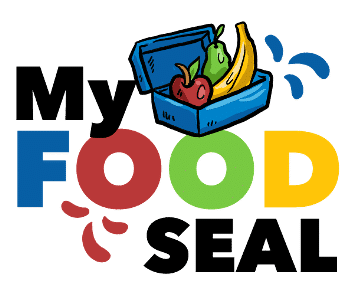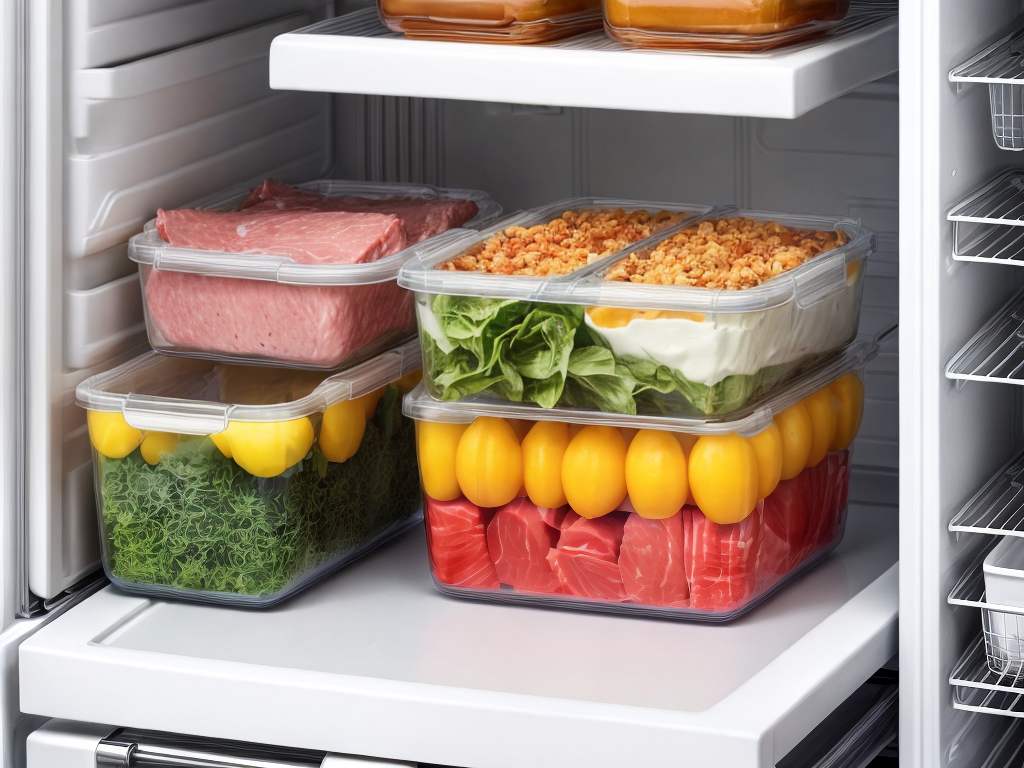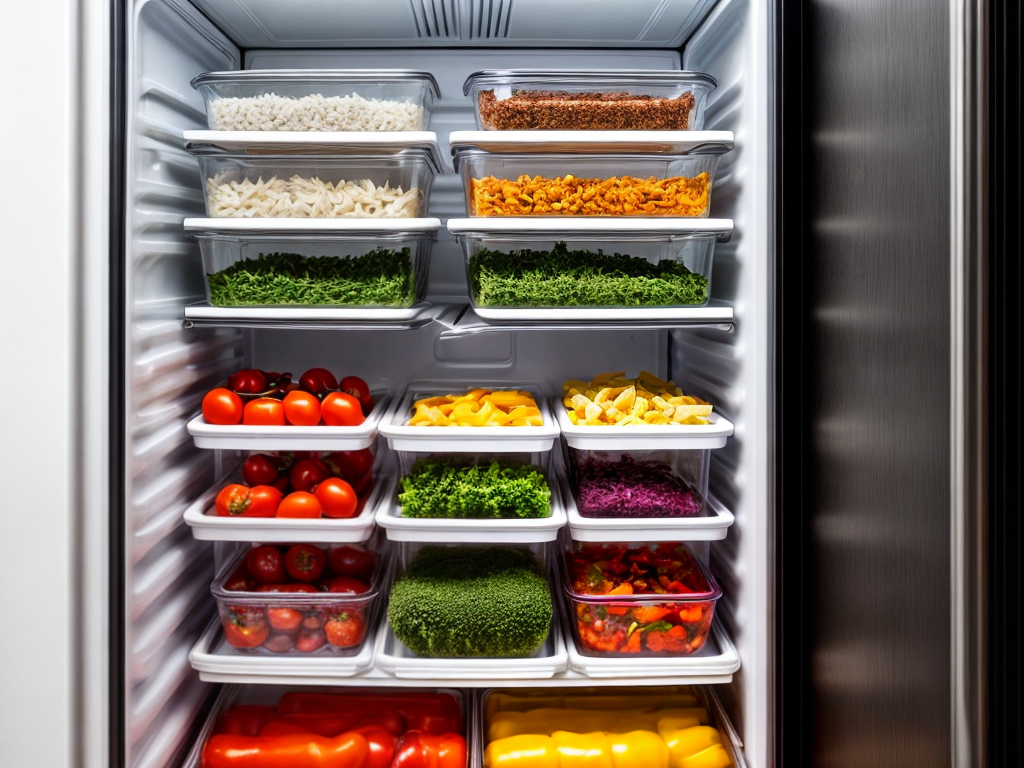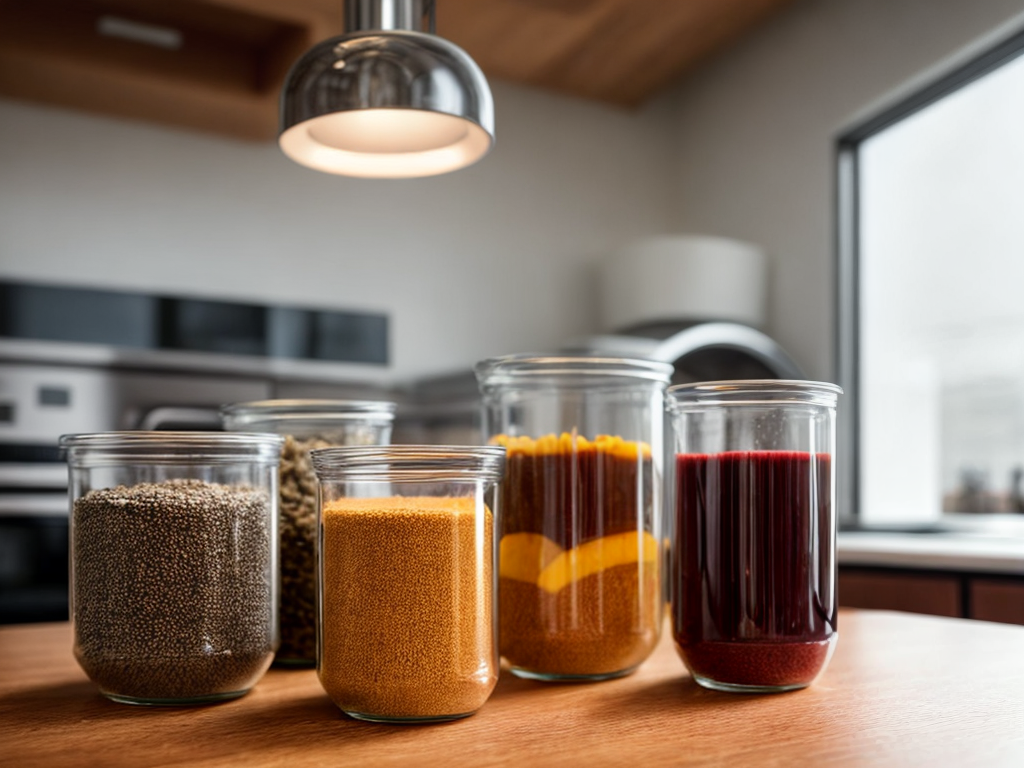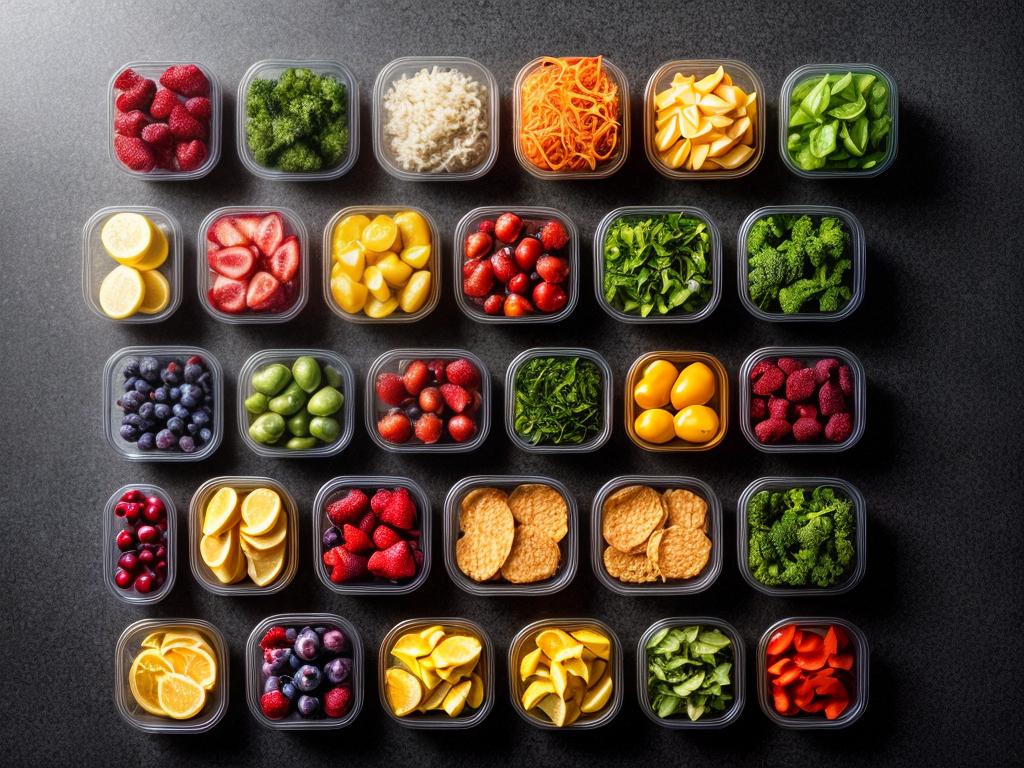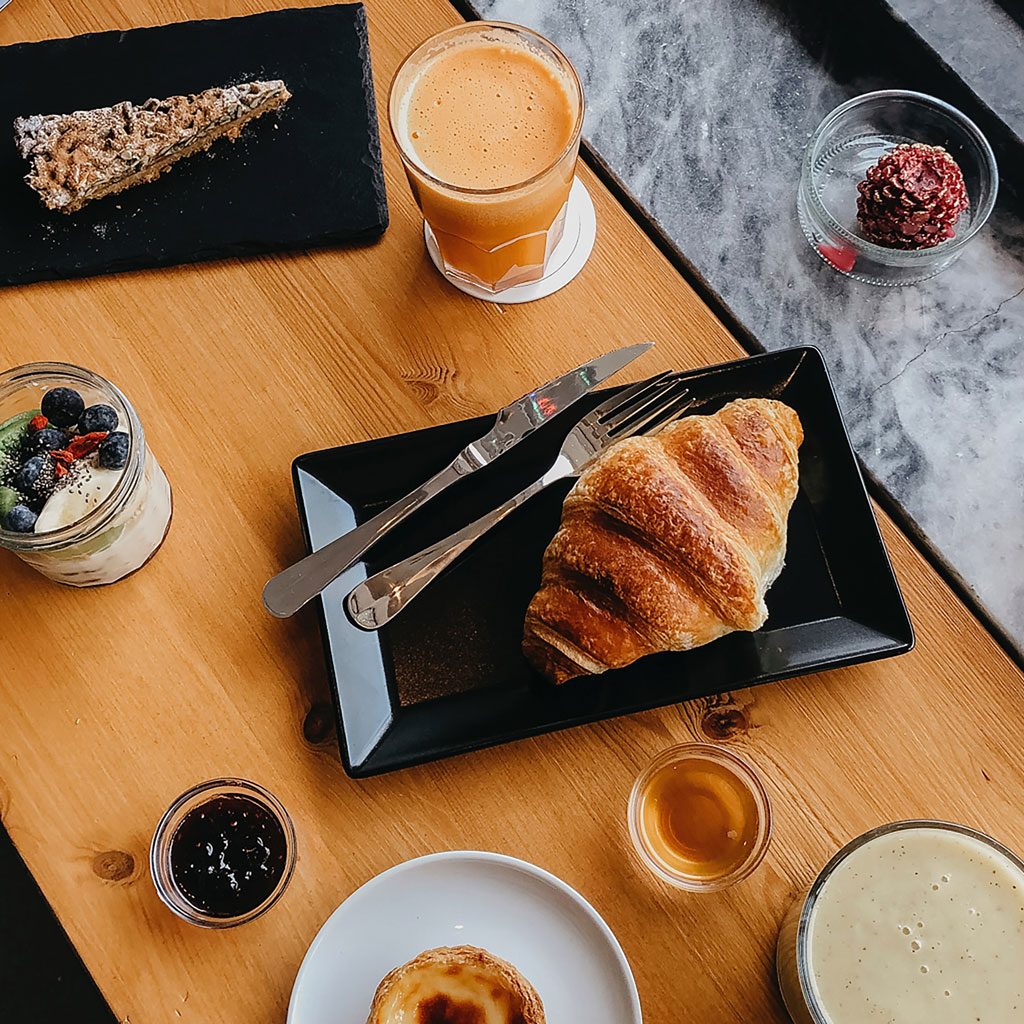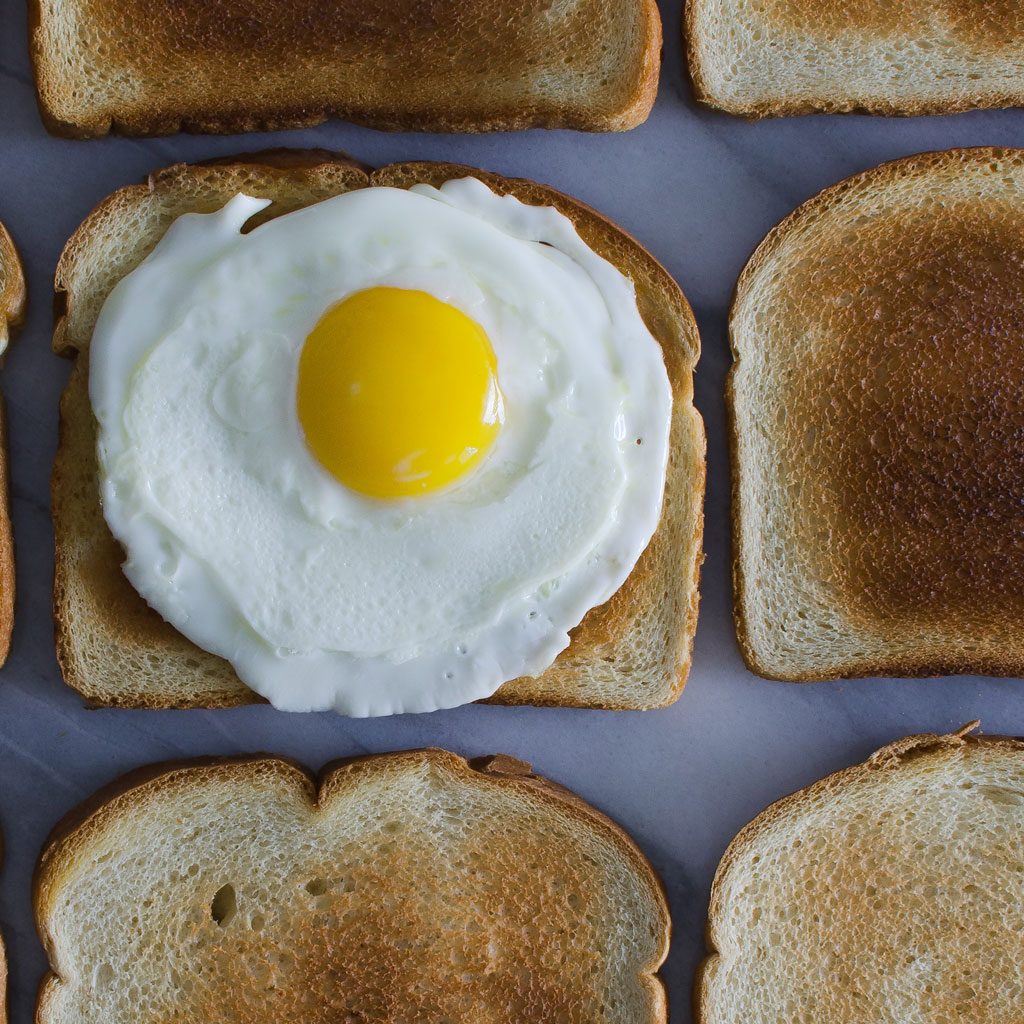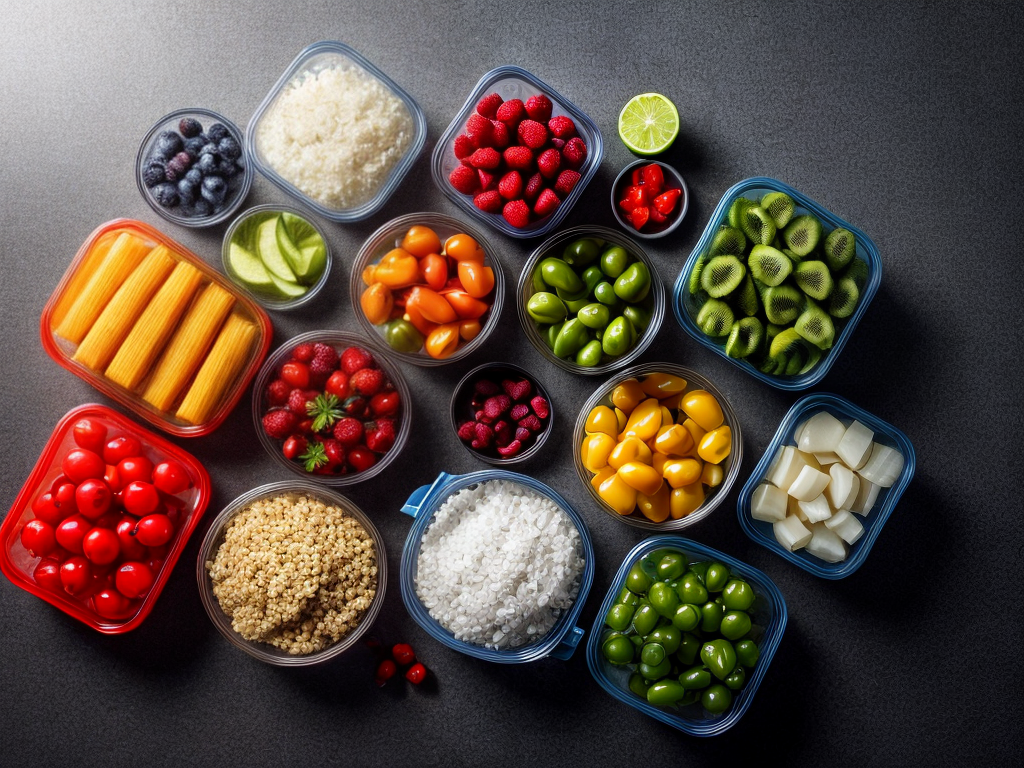
When it comes to preserving the freshness and quality of our favorite foods, it is essential to employ proper storage techniques. Freezing and thawing foods is a key aspect of this process, ensuring that our ingredients remain safe and delicious. In this discussion, I will explore the best practices for freezing and thawing various types of foods, including vegetables, fruits, meats, poultry, dairy, eggs, baked goods, and prepared meals. From tips on freezing to safely thawing frozen ingredients, I will provide you with all the information you need to make the most of your freezer. So, let’s get started and discover the secrets to maintaining the taste and texture of frozen foods.
Importance of Proper Storage Techniques
Proper storage techniques are essential for ensuring the quality and safety of frozen and thawed foods. When it comes to freezing and thawing, the importance of proper storage techniques cannot be overstated. These techniques not only help preserve the quality and taste of the food but also play a crucial role in maintaining its nutritional value.
One of the primary benefits of freezing food is its ability to extend its shelf life. By freezing food, you can preserve it for longer periods, reducing the risk of spoilage and food waste. Proper storage techniques, such as using airtight containers or freezer bags, help prevent freezer burn and maintain the texture and flavor of the food.
Thawing food safely is equally important. Improper thawing techniques can lead to the growth of harmful bacteria, compromising the safety of the food. It is recommended to thaw frozen food in the refrigerator, microwave, or under cold running water. These methods ensure that the food thaws evenly and safely, reducing the risk of bacterial growth.
Freezing Vegetables and Fruits
To properly freeze vegetables and fruits, it is important to follow specific guidelines for preserving their quality and nutritional value. Here are three essential techniques for freezing vegetables and fruits while preserving their freshness:
-
Blanching: Blanching is the process of briefly immersing vegetables or fruits in boiling water, followed by immediate cooling in an ice bath. This technique helps to maintain the color, texture, and nutrient content of the produce. Blanching also helps to deactivate enzymes that can cause the produce to deteriorate during freezing.
-
Flash Freezing: Flash freezing involves spreading the prepared vegetables or fruits in a single layer on a baking sheet and placing them in the freezer. This technique allows the produce to freeze quickly, preserving their texture and preventing the formation of large ice crystals that can damage the cellular structure.
-
Proper Packaging: After blanching or flash freezing, it is crucial to package the vegetables or fruits in airtight containers or freezer bags. Remove as much air as possible before sealing to prevent freezer burn. Label each package with the contents and date of freezing for easy identification.
Best Practices for Freezing Meats and Poultry
When freezing meats and poultry, it is important to follow best practices to maintain their quality and safety. Here are some key tips to ensure that your frozen meats and poultry stay fresh and delicious.
Firstly, it is crucial to properly package the meat or poultry before freezing. Use freezer-safe bags or airtight containers to prevent freezer burn and to keep out any moisture or air that could compromise the quality. Make sure to label the packages with the date and type of meat or poultry.
Secondly, it is recommended to freeze meats and poultry as soon as possible after purchasing or preparing them. This ensures that they are at their freshest and reduces the risk of bacterial growth.
When freezing fish and seafood, it is important to handle them with care. Clean and scale the fish, then wrap it tightly in plastic wrap or place it in a freezer bag. For seafood such as shrimp or shellfish, blanch them first before freezing to preserve their texture and flavor.
Lastly, remember to thaw frozen meats and poultry safely. The best method is to thaw them in the refrigerator overnight. If you need to thaw them quickly, you can use the defrost setting on your microwave or place them in a sealed bag and submerge them in cold water.
Freezing Dairy and Eggs
When it comes to freezing dairy, it’s important to keep in mind that certain types of dairy products may not freeze well. For example, milk and cream can separate and become grainy when thawed. However, hard cheeses, like cheddar or mozzarella, can be successfully frozen. As for eggs, it’s best to crack them and freeze them in a separate container, as freezing them in their shells can cause them to expand and crack.
Dairy Freezing Tips
For optimal freezing results, I find it helpful to follow these dairy freezing tips:
-
Use airtight containers: To maintain the quality and prevent freezer burn, store dairy products in airtight containers. This will help to retain their flavor and texture.
-
Label and date: Properly label and date the containers before freezing. This will ensure that you can easily identify and use the dairy products before they expire.
-
Consider texture changes: Keep in mind that freezing can alter the texture of some dairy products, such as milk and cream. While they may still be suitable for cooking and baking after thawing, they may not be ideal for drinking or using as a topping.
Following these tips will help you in preserving your dairy products and extend their shelf life in the freezer.
Egg Freezing Guidelines
To ensure optimal freezing results for eggs and dairy products, follow these guidelines. Freezing eggs can be a convenient way to preserve them for future use, especially when you have an abundance or need to extend their shelf life. The egg freezing process involves cracking the eggs into a container, beating them lightly, and then freezing them. However, it’s important to note that freezing can affect the texture of eggs, so they may not be suitable for certain recipes that require a specific texture. When it comes to freezing dairy products, such as milk or cheese, it’s essential to consider their fat content. Higher fat content products may separate when frozen, so it’s advisable to use them in cooked dishes rather than consuming them raw. Here’s a table summarizing the guidelines for freezing eggs and dairy products:
| Eggs | Dairy Products |
|---|---|
| Crack into a container | Check fat content |
| Beat lightly | Use in cooked dishes |
| Freeze | |
Freezing Baked Goods and Prepared Meals
I typically freeze baked goods and prepared meals to conveniently have them on hand for busy days. Freezing breads and casseroles has become a regular practice in my kitchen, allowing me to save time and still enjoy homemade meals. Here are three key tips for freezing these types of foods:
-
Wrap breads tightly: To prevent freezer burn and maintain freshness, it’s important to wrap breads tightly in plastic wrap or aluminum foil before freezing. This will help preserve their texture and flavor for future consumption.
-
Divide casseroles into individual portions: Instead of freezing an entire casserole dish, divide it into individual portions. This way, you can easily thaw and reheat just the amount you need without wasting any food. Use freezer-safe containers or wrap each portion in heavy-duty foil before freezing.
-
Label and date everything: Proper labeling is essential when freezing baked goods and prepared meals. Be sure to include the name of the item, the date it was frozen, and any reheating instructions. This will help you keep track of what’s in your freezer and ensure you consume everything before it loses its quality.
Tips for Safely Thawing Frozen Ingredients
When it comes to thawing frozen ingredients, there are a few key points to keep in mind. First, quick-thawing techniques can be used for ingredients that need to be thawed in a hurry. These techniques include using the microwave or placing the ingredients in a sealed plastic bag submerged in cold water. Second, for a more gradual thawing process, it is best to thaw frozen ingredients in the refrigerator. This method allows for a safe and even thawing process without compromising the quality or safety of the food.
Quick-Thawing Techniques
For safe and efficient thawing of frozen ingredients, consider employing quick-thawing techniques that ensure optimal results in less time. Here are three quick-thawing techniques that can help you thaw your frozen ingredients effectively:
-
Water Bath Method: Place the frozen ingredient in a sealed plastic bag and submerge it in a bowl of cold water. Change the water every 30 minutes to maintain a safe temperature and facilitate faster thawing.
-
Microwave Thawing: Use the defrost function on your microwave to thaw smaller portions of food quickly. Be cautious and follow the microwave’s instructions to prevent uneven thawing or cooking.
-
Cold Water Spray Method: If you need to thaw delicate ingredients like seafood or berries, gently spray them with cold water until they thaw. This method is especially useful for preserving the texture and flavor of these ingredients.
Proper Refrigerator Thawing
To safely thaw frozen ingredients, proper refrigerator thawing is a reliable method that ensures food remains at a safe temperature while defrosting. It is important to follow proper thawing techniques to prevent cross contamination and maintain the quality of the food. When thawing in the refrigerator, place the frozen ingredient in a leak-proof plastic bag or container to prevent any drips or spills. This will also help to prevent the spread of bacteria. Make sure to place the ingredient on the bottom shelf of the refrigerator to avoid any potential drips onto other foods. Allow enough time for the ingredient to thaw completely, as this method may take several hours or even overnight depending on the size and type of ingredient. By following these proper thawing techniques, you can ensure the safety and quality of your thawed ingredients.
Using Frozen Foods in Recipes
I often incorporate frozen ingredients into my recipes to save time and add convenience. Here are three ways I use frozen foods to enhance my meals:
-
Adding frozen fruits to smoothies: Frozen fruits are a great addition to smoothies as they not only provide a refreshing and icy texture but also eliminate the need for ice cubes. I love using frozen berries, such as strawberries or blueberries, to give my smoothies a burst of flavor and a touch of sweetness.
-
Incorporating frozen vegetables into pasta dishes: Frozen vegetables are a lifesaver when it comes to quick and easy pasta dishes. They are already prepped and ready to use, saving me the time spent on chopping and washing fresh vegetables. Whether it’s peas, broccoli, or mixed vegetables, I simply toss them into my pasta sauce or sauté them with some garlic and olive oil for a nutritious and delicious meal.
-
Using frozen herbs in cooking: Frozen herbs are a convenient alternative to fresh herbs, especially when they are out of season. I find that freezing herbs, like basil or cilantro, helps preserve their flavors and aromas. I simply take out the desired amount from the freezer and use them in my recipes, whether it’s a homemade marinara sauce or a flavorful pesto.
Incorporating frozen ingredients into my recipes not only saves me time but also ensures that I always have access to a variety of ingredients that can elevate the taste and nutritional value of my meals.
Frequently Asked Questions About Freezing and Thawing Foods
What are some frequently asked questions about freezing and thawing foods? When it comes to freezing and thawing foods, there are a few common misconceptions that people often have. Let’s address some of these questions and provide clarity on the recommended thawing times.
| Questions | Answers |
|---|---|
| Can I refreeze food after it has been thawed? | No, it is generally not recommended to refreeze food after it has been thawed. This is because the process of thawing and refreezing can lead to a loss of quality and increase the risk of foodborne illnesses. It is best to only thaw the amount of food that you intend to use. |
| How long does it take to thaw food in the refrigerator? | Thawing food in the refrigerator is the safest method. As a general rule of thumb, it takes about 24 hours for every 2.3 to 4.5 kilograms (5 to 10 pounds) of food to thaw in the refrigerator. Plan ahead and allow enough time for the food to thaw properly. |
| Is it safe to thaw food on the countertop? | Thawing food on the countertop is not recommended. This method can allow the food to enter the temperature danger zone, where harmful bacteria can multiply rapidly. It is best to use the refrigerator or the microwave for thawing. |
Conclusion
In conclusion, proper freezing and thawing techniques are essential for maintaining the quality and safety of frozen foods. By following best practices for each food category, such as vegetables, meats, dairy, and baked goods, you can ensure that your frozen ingredients retain their flavor and texture. Additionally, safely thawing frozen ingredients and using them in recipes can help you create delicious meals with convenience. Remember to always follow guidelines and frequently asked questions to maximize the benefits of freezing and thawing foods.
